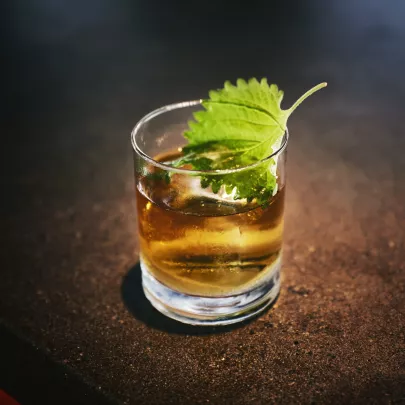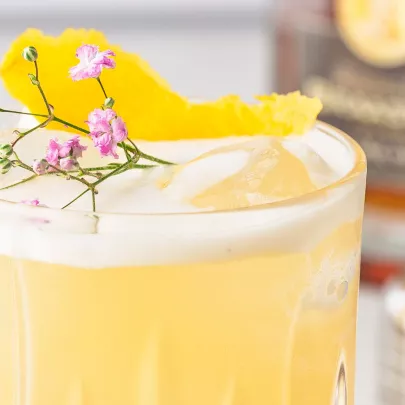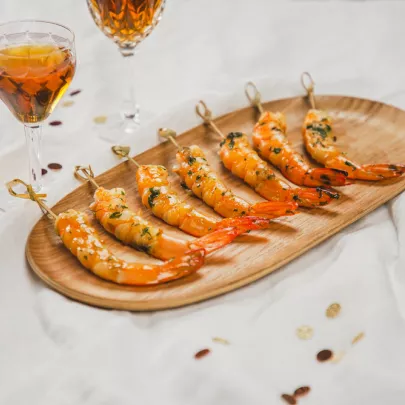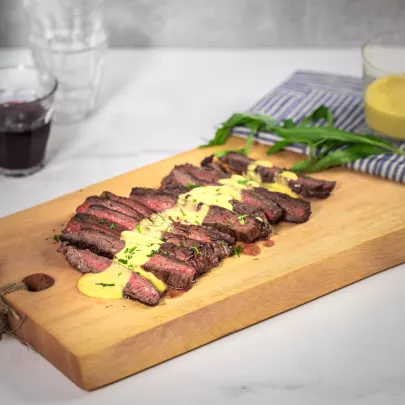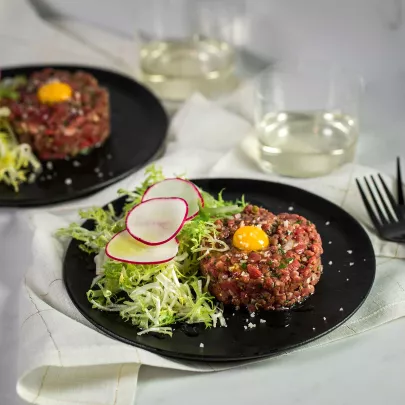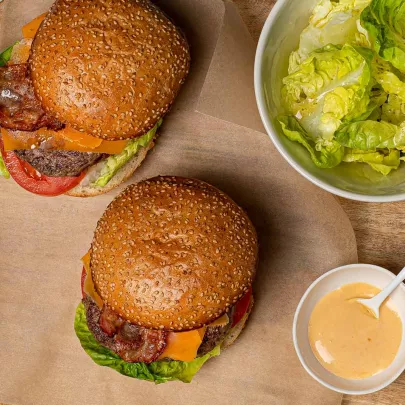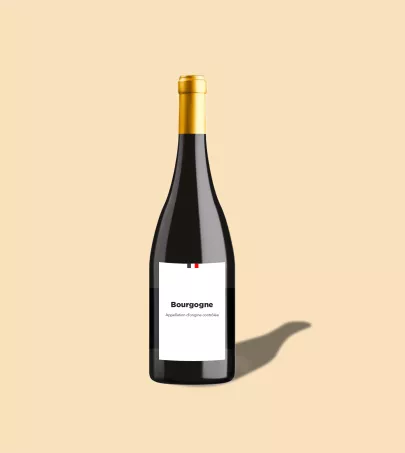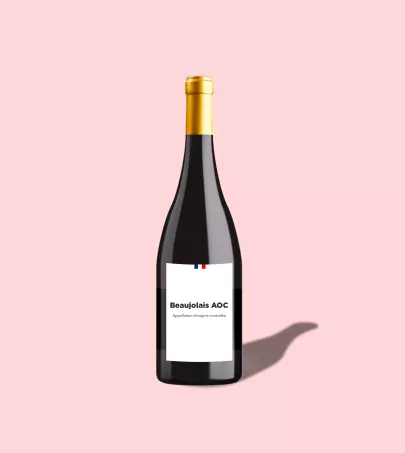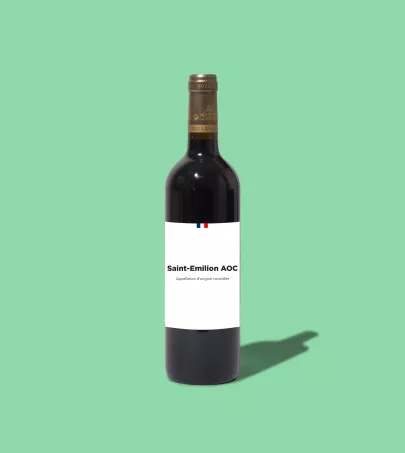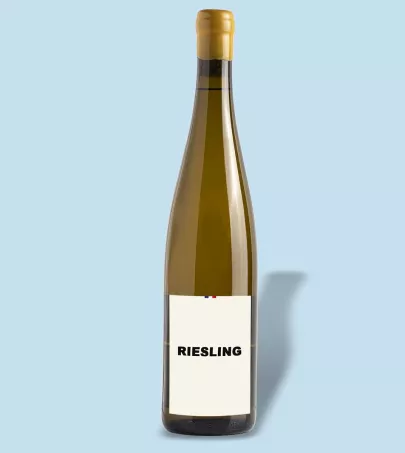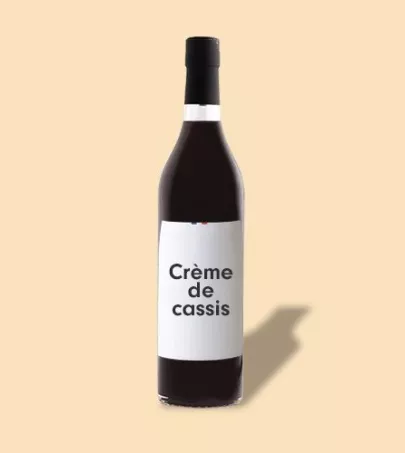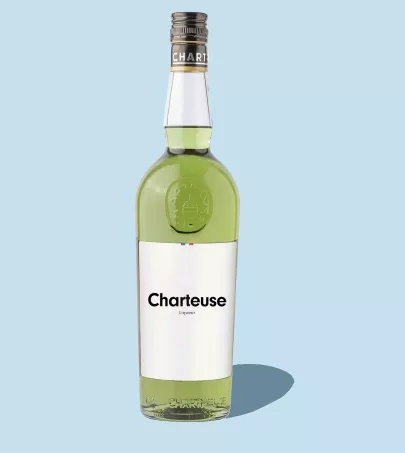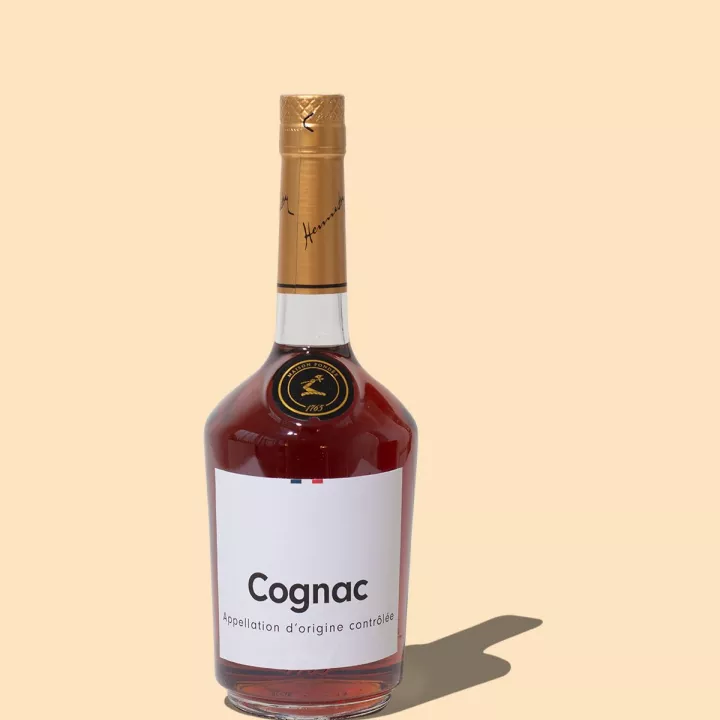
Cognac AOC is a French brandy produced by double distillation in a copper vat, or alambic, and aged in oak casks for at least 2 years. It developed in connection with the wine trade in the region.
What you need to know
Cognac AOC is produced from low-alcohol, acidic white wines produced in the appellation area from the grape varieties Ugni Blanc (the main one, as it is resistant to disease), Folle Blanche, Colombard and since 2005, Follignan (a cross between Folle Blanche and Ugni). These wines are then distilled twice in copper vats, or alambics. This double heating process, which is known as "Charentaise distillation", results in a cognac brandy. This is then transferred to oak casks and aged for at least two years. The longer the cognac is aged, the richer its palette of aromas will be. Spirits from different crus (growing areas) or vintages can be blended to create unique cognacs.
Cognacs are classified according to their age. VS means at least two years of aging, VSOP at least 4 years, XO at least 10 years and XXO 14 years or more. The age stated relates to the youngest brandy in the blend. So, it may in fact contain some older brandies. Finally, the name of the cognac may also include the provenance of the crus that make up the cognac AOC: either by stating the cru if it makes up 100% of the blend, or by describing it as "Cognac Fine Champagne Contrôlée", which means it is a blend of spirits that come exclusively from the Grande Champagne (minimum 50%) and Petite Champagne growing areas. The geographical production area is actually divided into 6 crus, each with their own characteristics: Grande Champagne (the most renowned and best suited to aging), Petite Champagne (similar to Grande Champagne, with more fruity aromas), Borderies (very floral), Fins Bois (rounded and unctuous), Bons Bois (more varied, taste of terroir), and Bois Ordinaires (taste of terroir with Atlantic influence).
In the 15th century, the region's wines had already gained popularity but did not age well. At the instigation of Dutch merchants who wanted to protect the wines during their journey back to Holland, producers decided to try distilling them. The double distillation process appeared in the 17th century. Finally, when producers observed that brandy stored in barrels improved with age, aging in oak casks became the norm. The 19th century saw the market develop. Wine merchants were established and began dispatching cognac in bottles. Cognac as we know it was born.
Characteristics
Smell
Look
Taste
Editor's note
How to use
Storing Cognac AOC
Cognac does not continue aging in the bottle. This means it can be kept for a very long time as long as it hasn't been opened, stored vertically in a dark, dry environment.
Preparing and serving Cognac AOC
In a tulip glass or cognac glass, neat, over ice or diluted with a little water.
Tasting tips Cognac AOC
To appreciate all the aromas, we recommend "chewing on" the cognac, sucking in air as you do so. Cognac also lends itself to some delicious cocktails. It is traditionally used in cooking to flambé dishes, but can also be enjoyed as an accompaniment to certain dishes, for bolder pairings.
Pair with
Savory: foie gras, seafood, creamy cheeses
Sweet: gingerbread, chocolate cake, Tarte Tatin.

